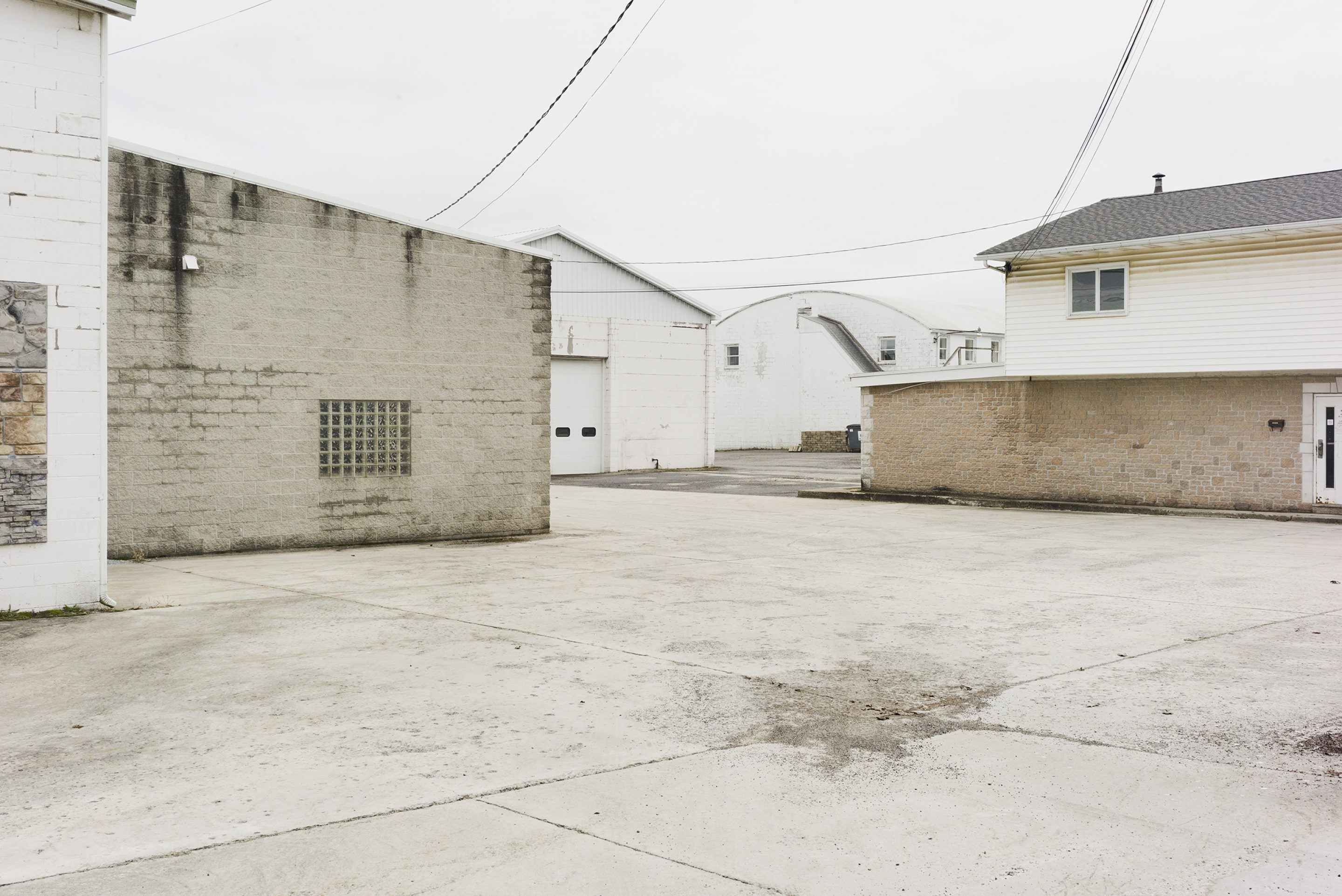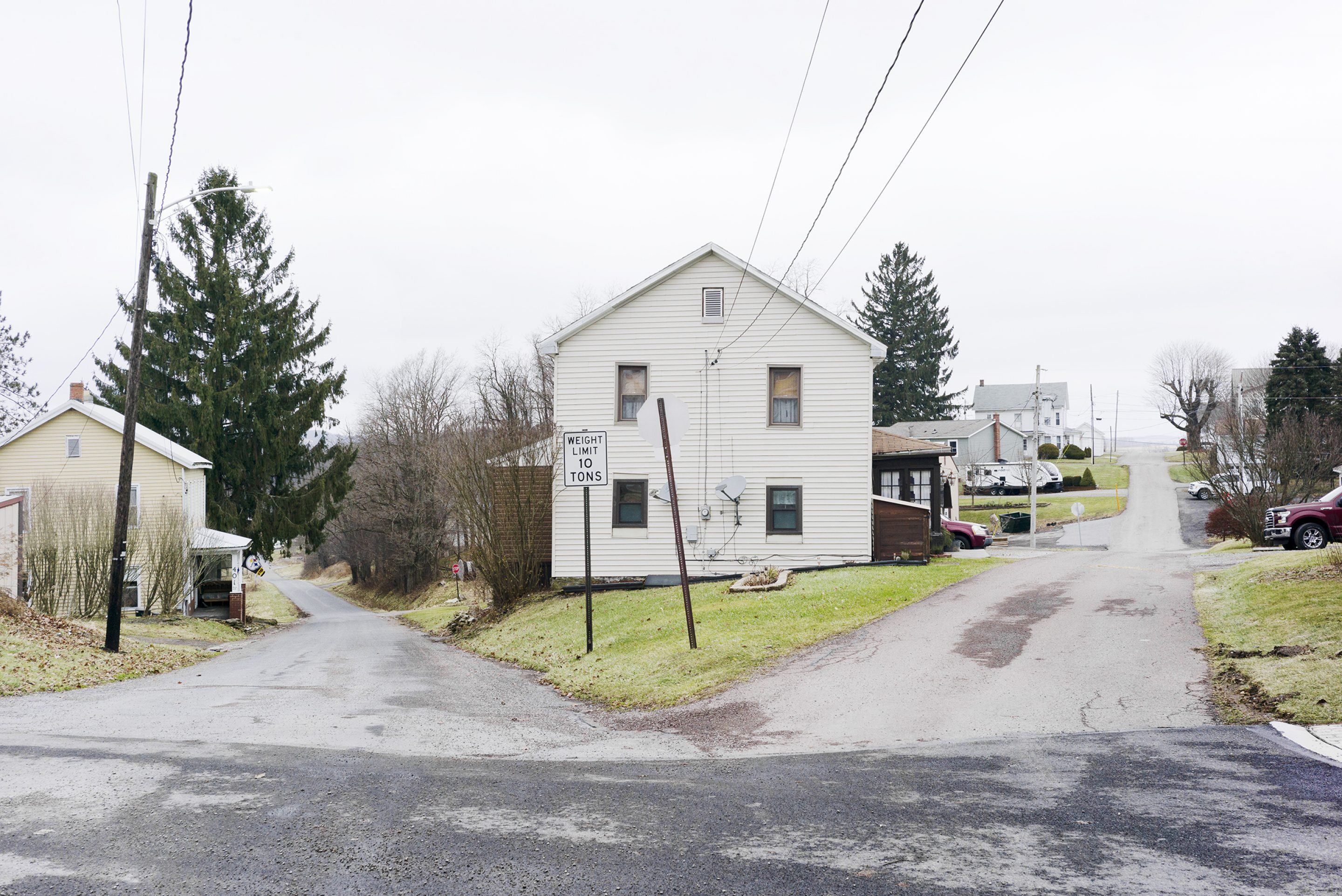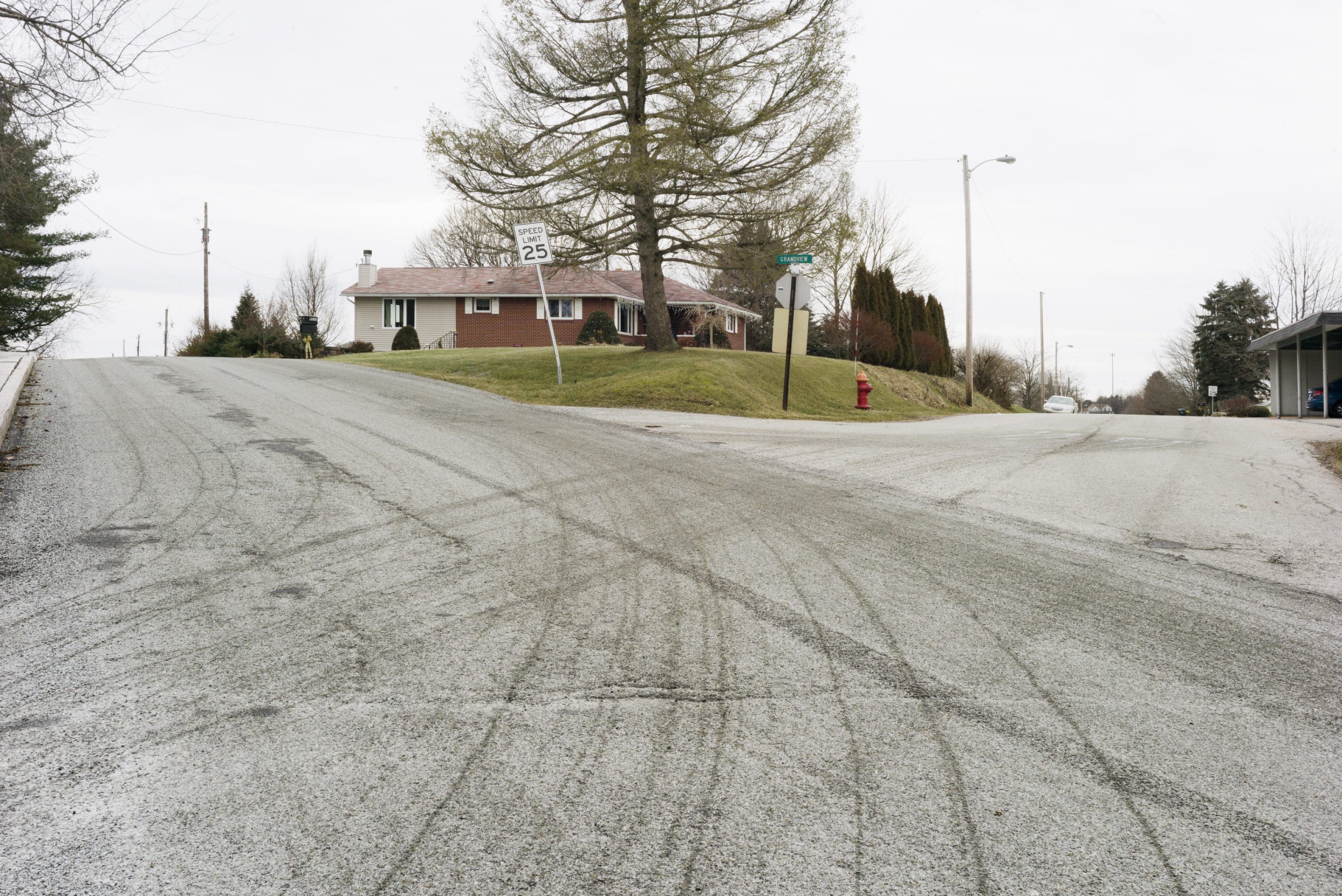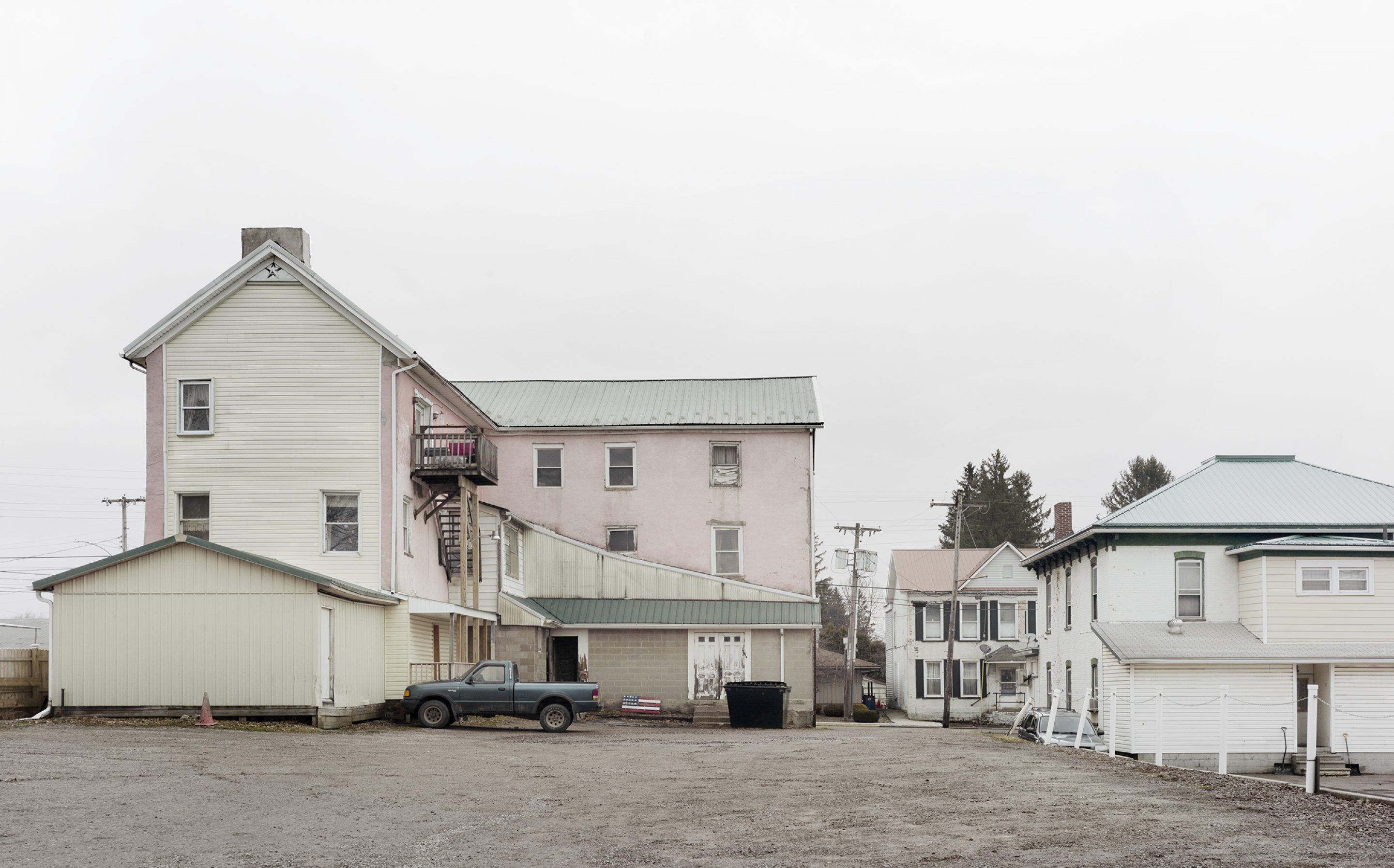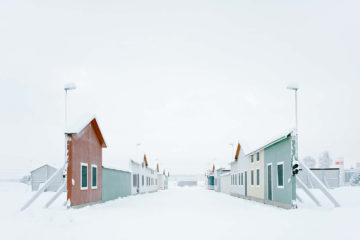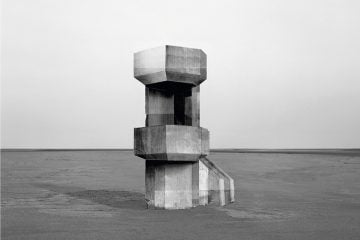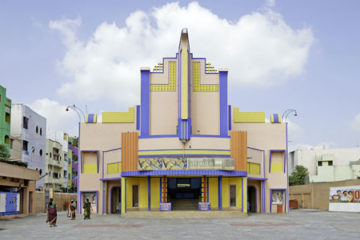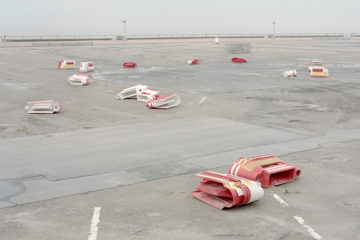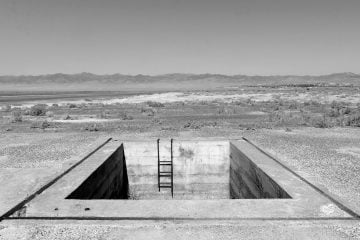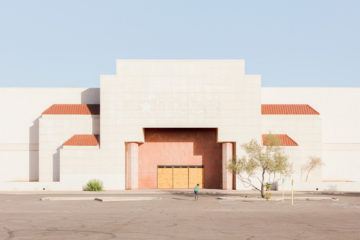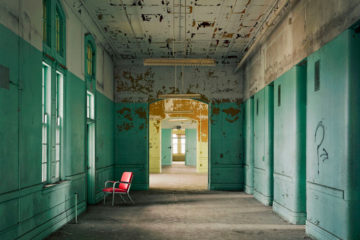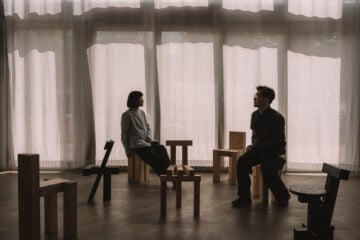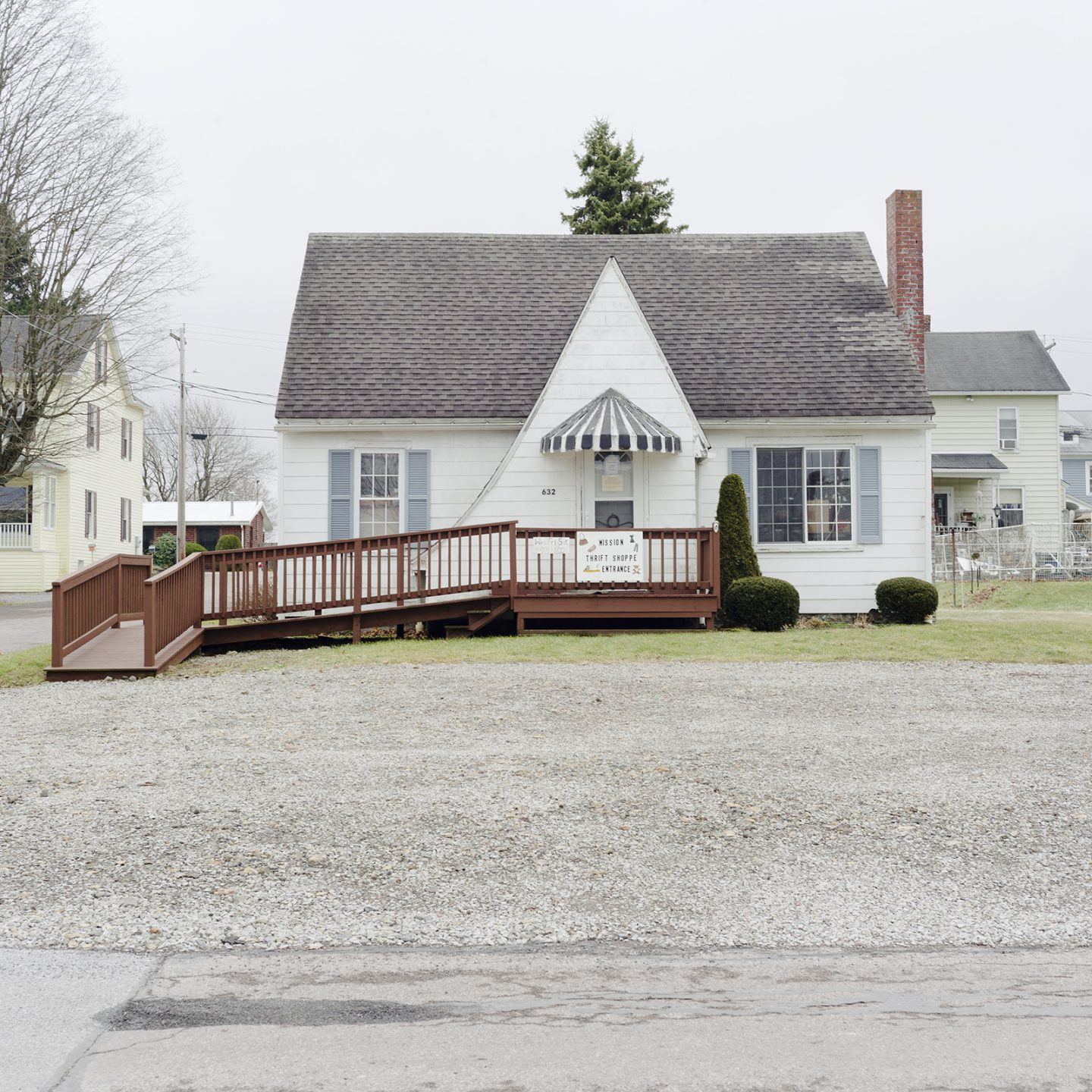
Interviewing Travis Shaffer, The Photographer Probing The Pitfalls Of American Optimism
- Name
- Travis Shaffer
- Project
- Nemesis
- Words
- Steph Wade
‘Nemesis’ is the ongoing project by American photographer Travis Shaffer; a visual investigation of a dispirited town on the periphery of American progress.
At the heart of the American Dream lies the premise that hard work leads to opportunities for prosperity, success, and a life that is rich and meaningful. The grim reality of such an ideology is that it is just that—a false narrative led by those at the top of the capitalist class. Shaffer, a photographer raised in rural America, is interested in interrogating the economic structures that underpin American optimism. He uses his photography of a despondent small town as a backdrop through which to contemplate the current American position: photographing empty suburban scenes that evoke feelings of urban discontent, invisibility, and anxiety. We spoke to the photographer, now based in Columbia, Missouri, about the series, about small-town paranoia, and why he is tired of all the political noise.
“the visible manifestation of anomie hangs on the surface of everything here”
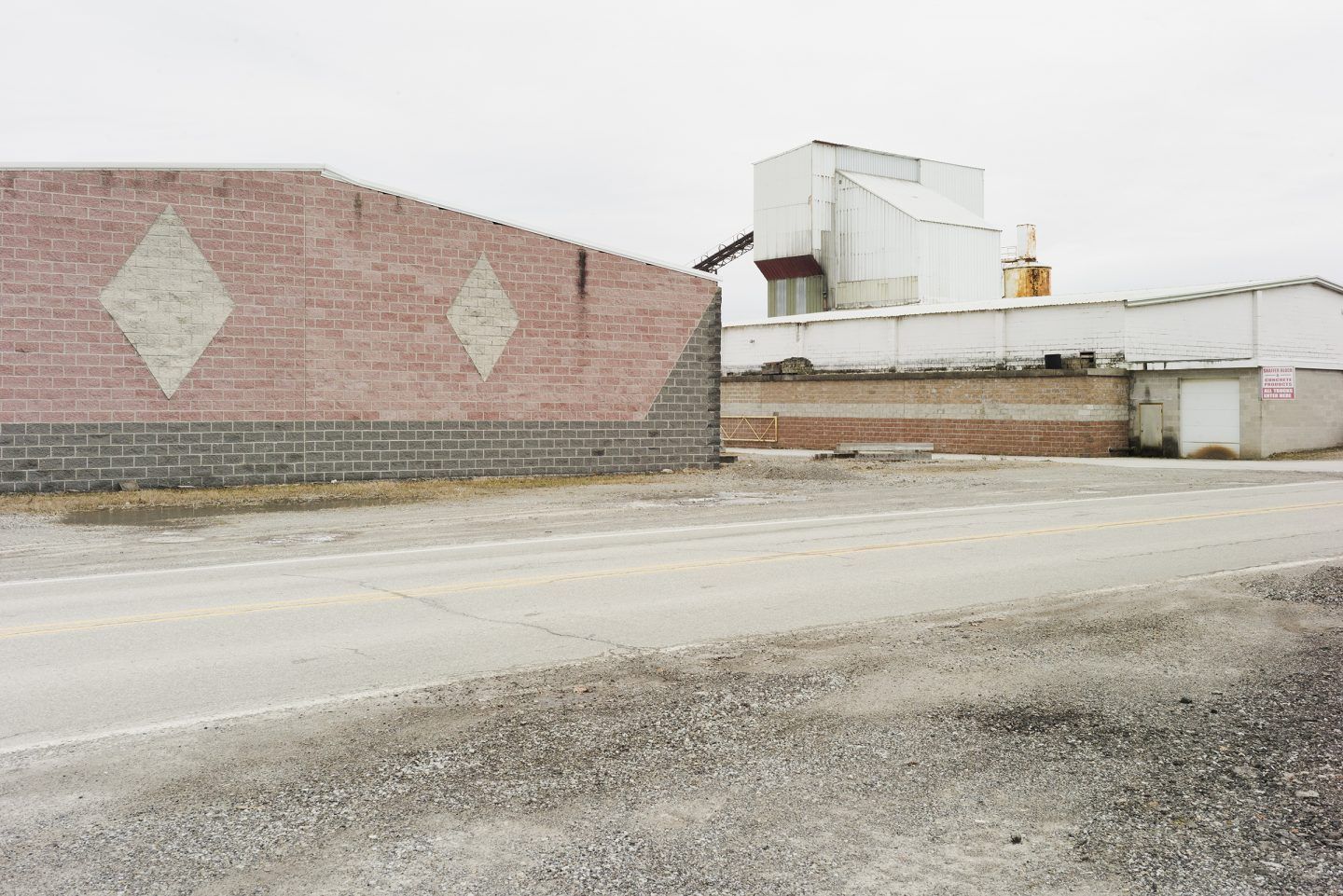
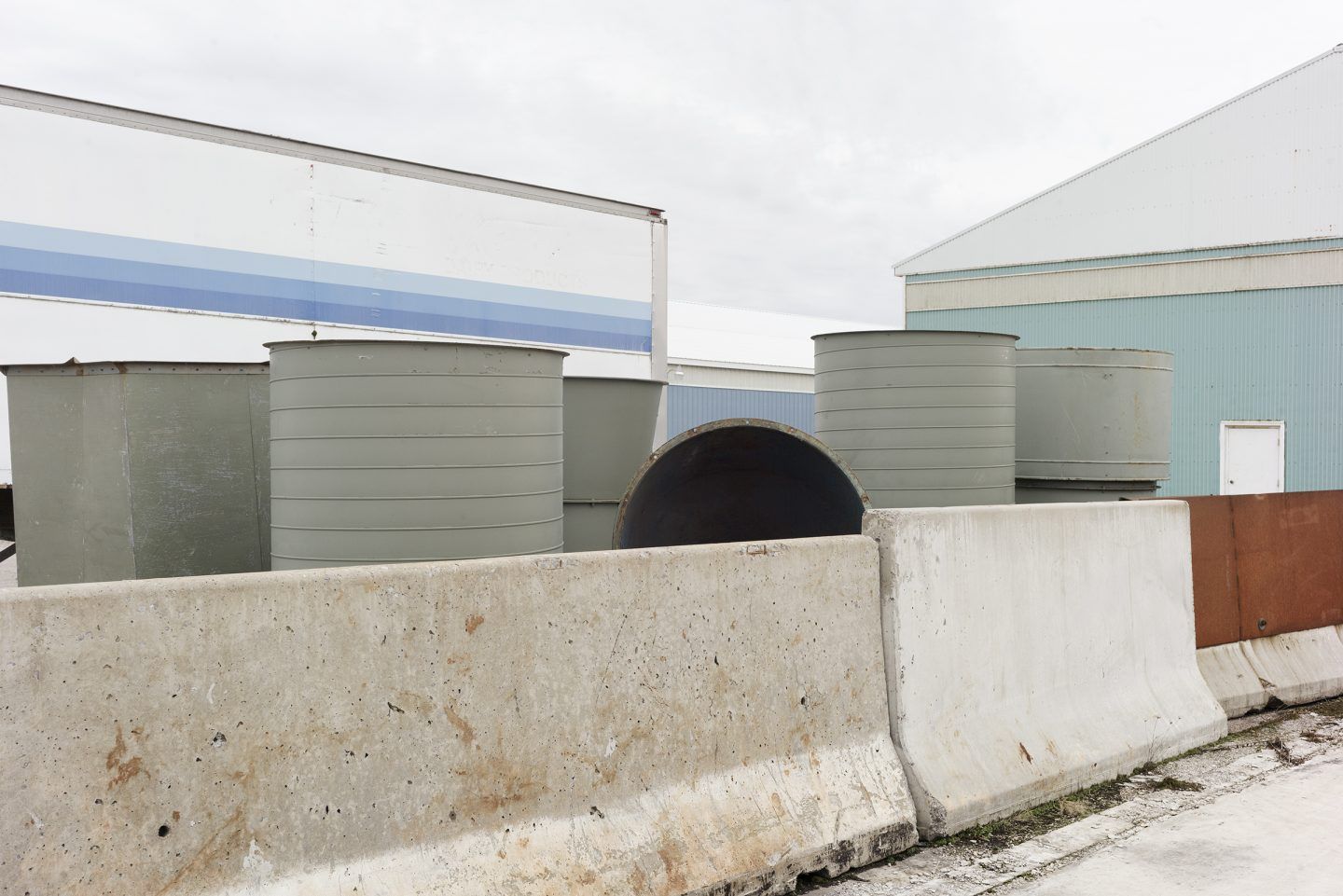
Where are the images in your series ‘Nemesis’ taken, and what drew you to capture this town?
Somerset County, Pennsylvania. Despite being demographically homogeneous—white, rural, Christian, and conservative, it is geographically and culturally intersectional. Yet the compounding impacts of policy, economy, labor, and environment, makes articulating this place with any clarity from outside unlikely. Manufacturing jobs here, like in most of the US, have been in steady decline for the last 50 years. I am compelled by the extent to which the visible manifestation of anomie hangs on the surface of everything here.
What influence does the concept of home have on the series?
For 18 years, I lived in this place. It was the only place I knew: I was an insider here. For almost as long as I can recall, however, I associated this place with a feeling of ‘not quite rightness’. It is from my position of willful disentanglement from this question that allows the work to be made.
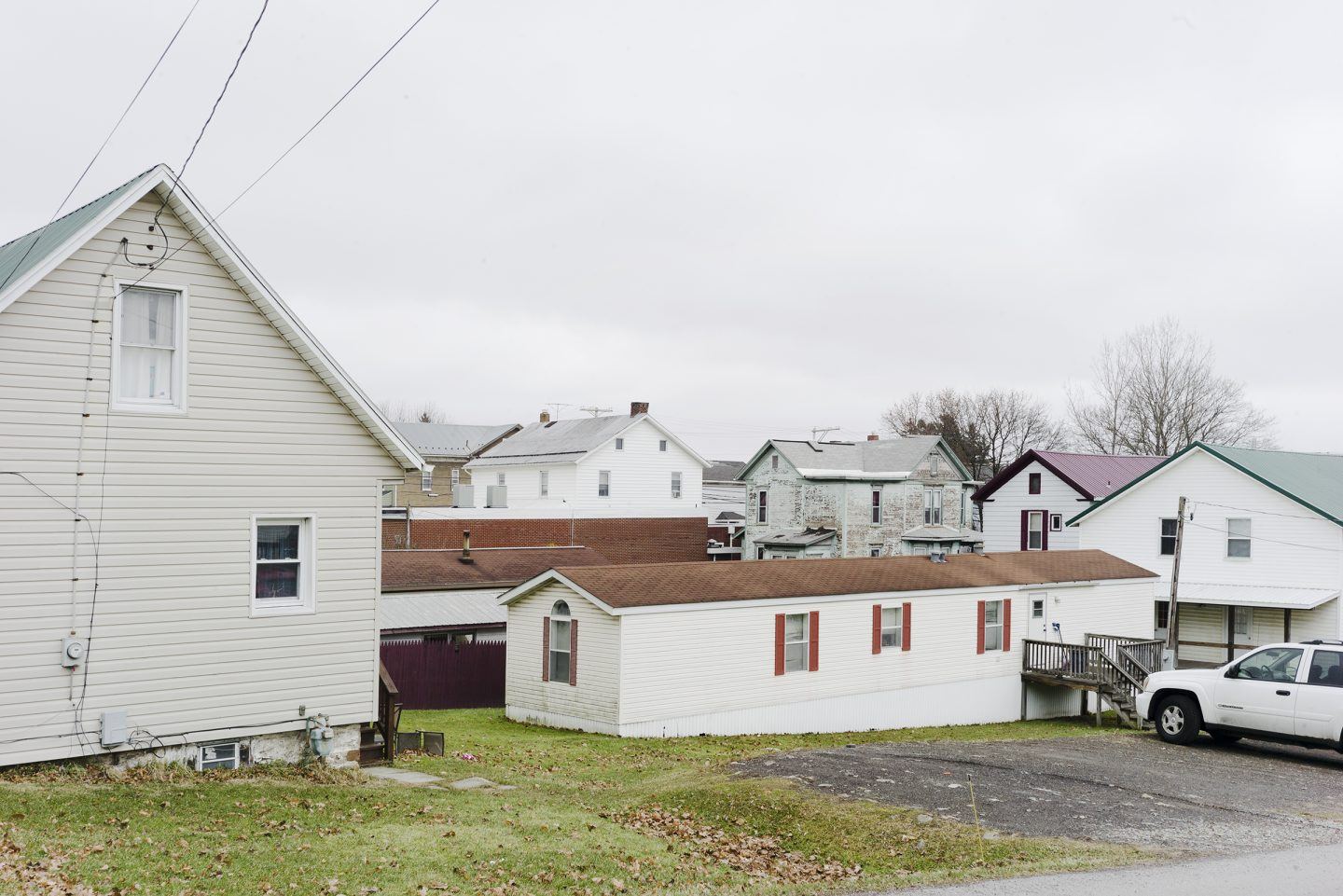
“residents have a sense that they have been taking blows from every direction for 50 years”
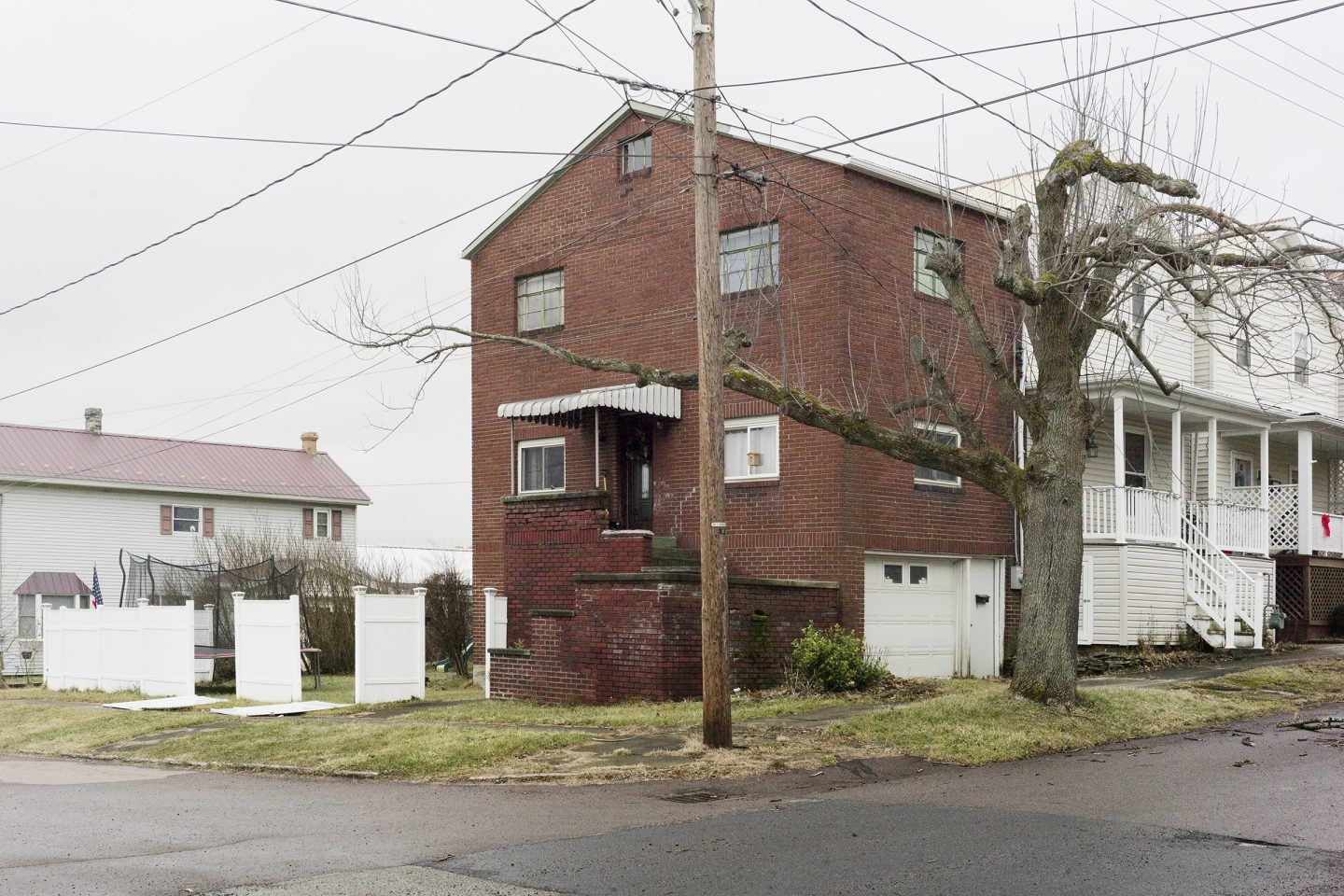
In the passage that accompanies the series, you speak of a town plagued by change. This is interesting, can you explain a little further?
I don’t wish to frame the work around the specifics of this event alone, but on September 11, 2001, a United Airlines Flight 93 crashed in Somerset County. The line from my statement, “We thought we lived in a place that was almost untouchable,” is a quote that was the published response of a superintendent in the wake of the crash. This response, taken from its original context, positions the residents of Somerset County as the ‘we’. There is a subtle slippage between the understanding that tragedy happens, versus the perception that it targets you.
This is a place with a significant adversarial relationship to the outside. Based on my experiences, residents have a sense that they have been taking blows from every direction for 50 years. It is very un-American to reduce this historic event which we are implored to ‘Never Forget’ as a tragedy that is simply ‘one-of-many’.
There is a quiet sense of unease that permeates the images in your work. Why was it important to portray this?
The ‘quiet sense of unease’ that you mention is, for me, a product of a kind of attention that distills incongruity. I’d rather let these images be a whisper than a shout. I am sick of all of the shouting.
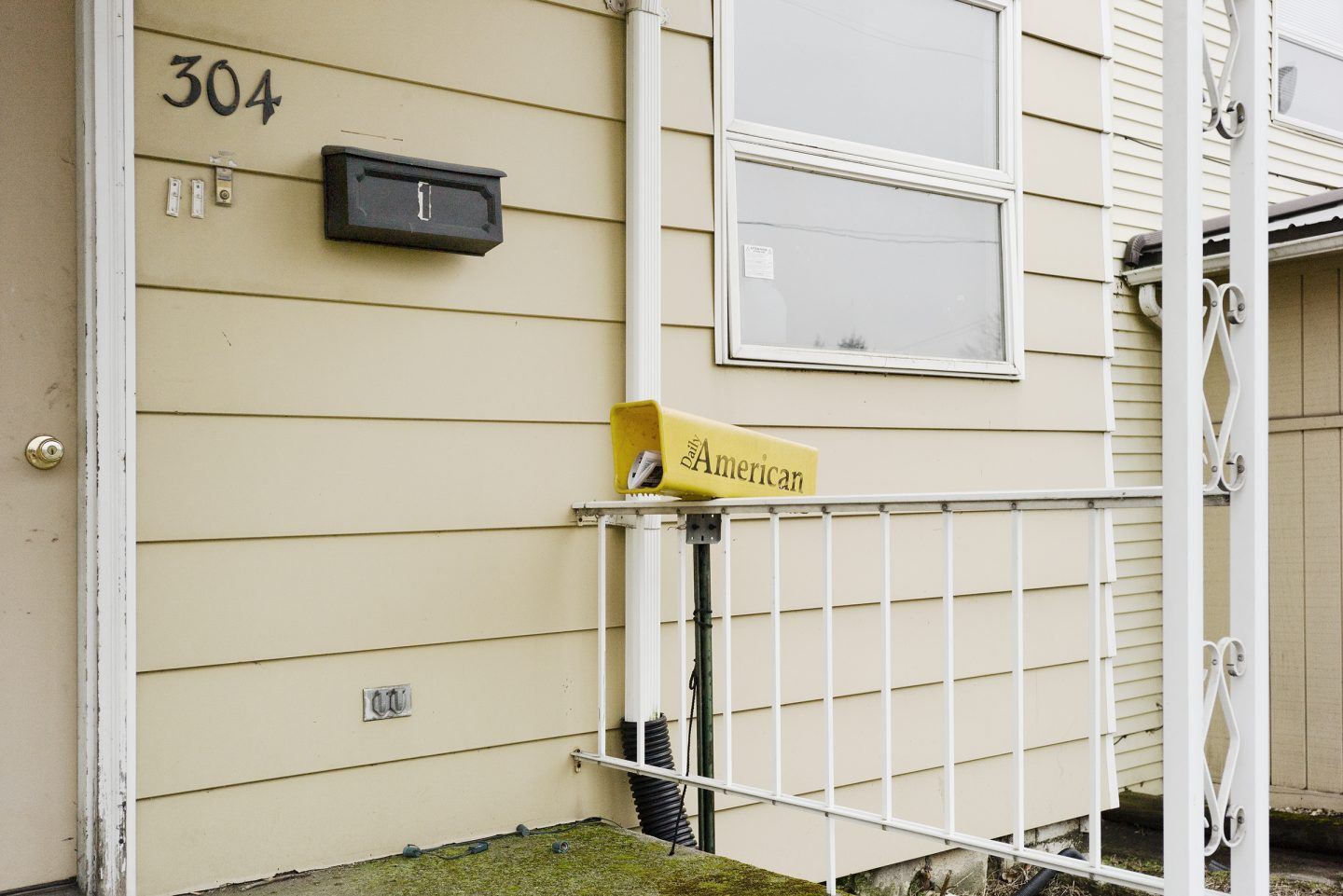
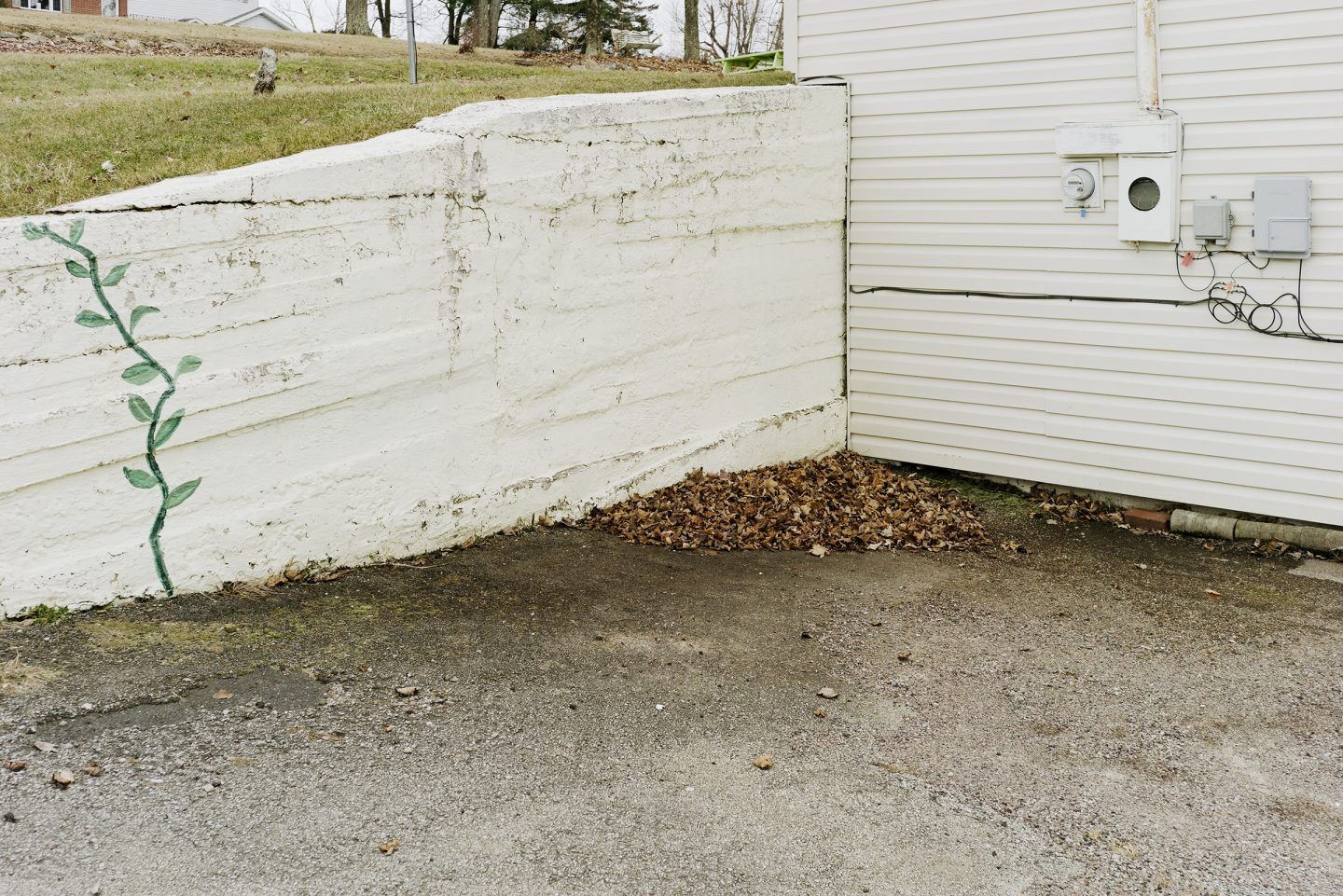
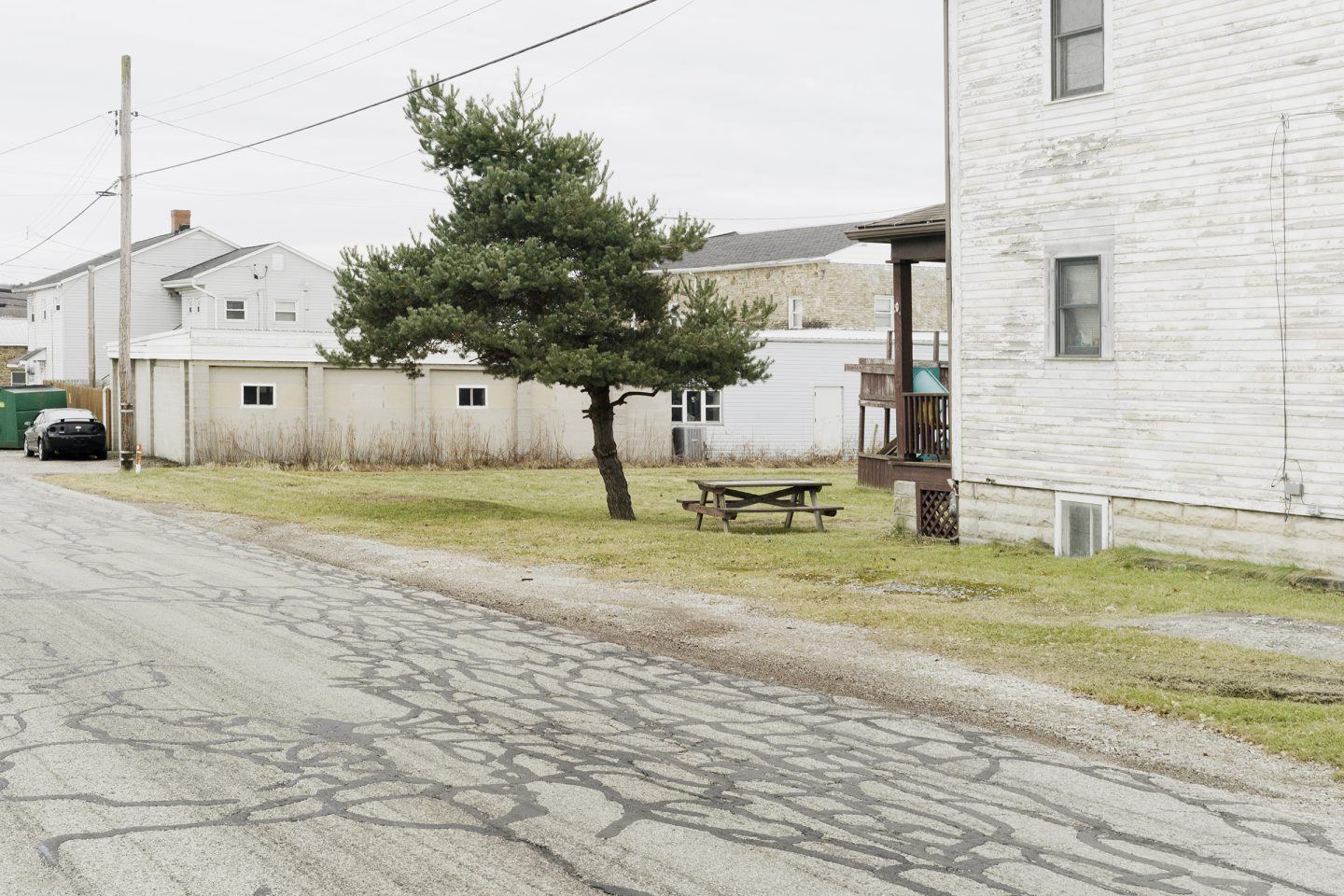
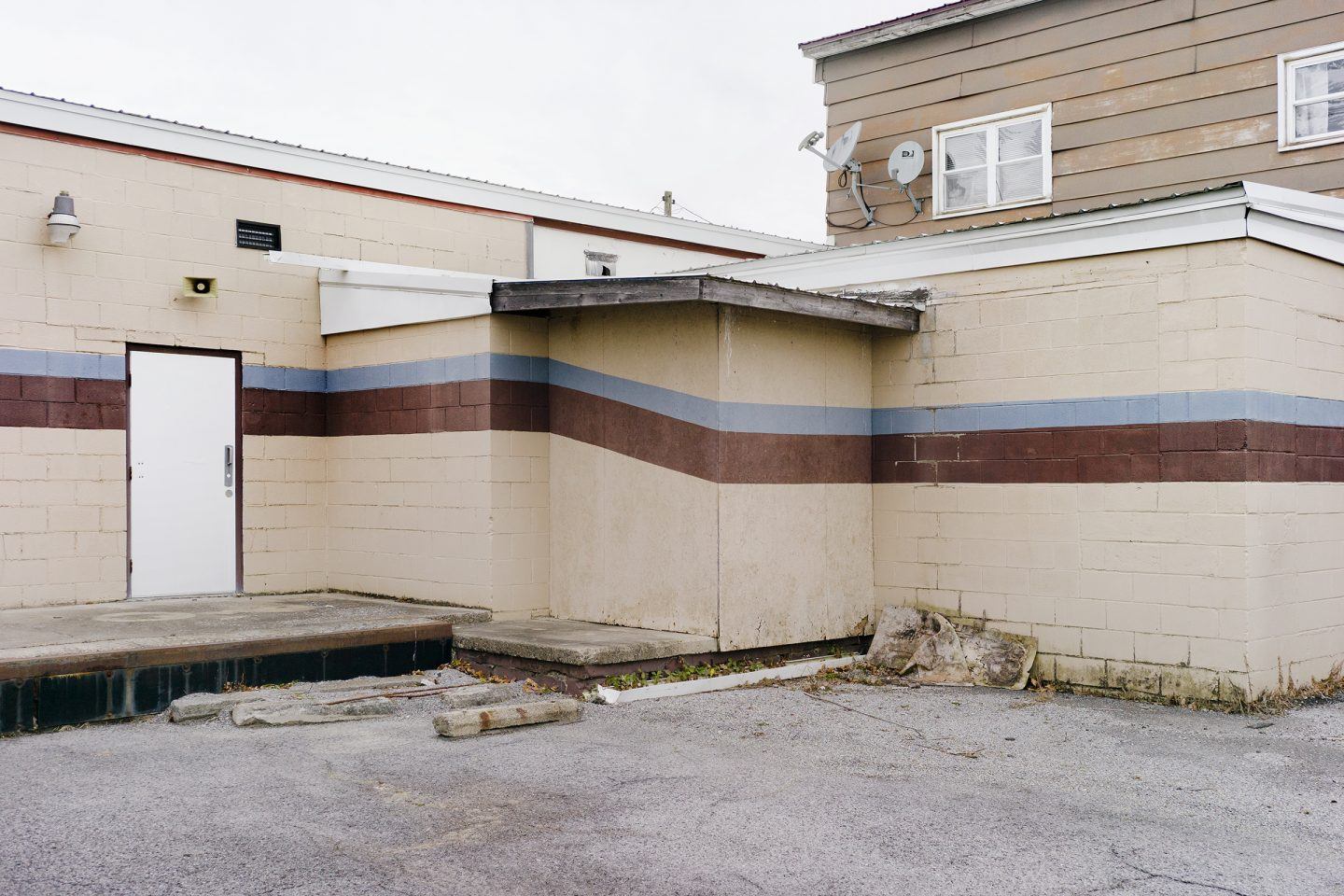
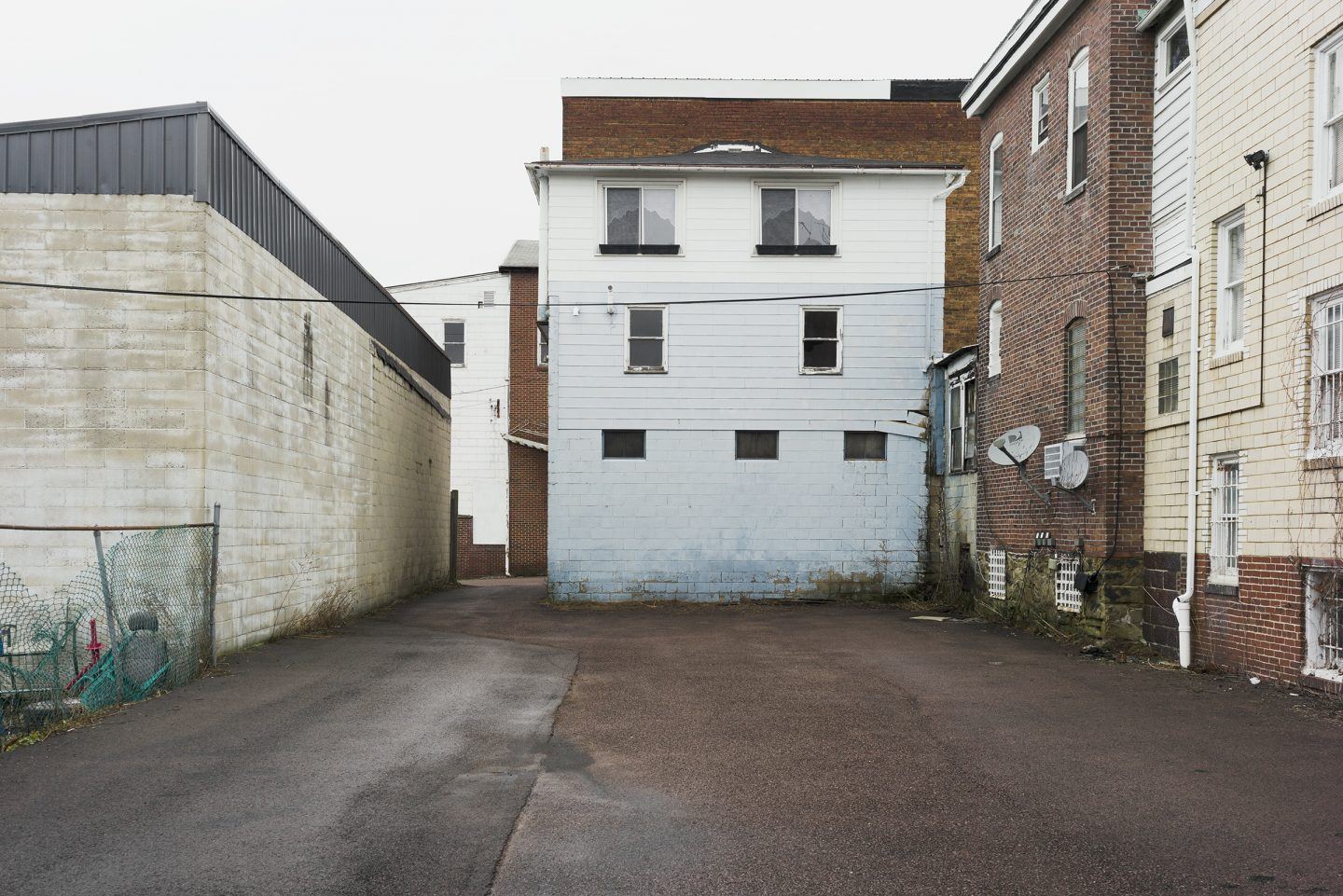
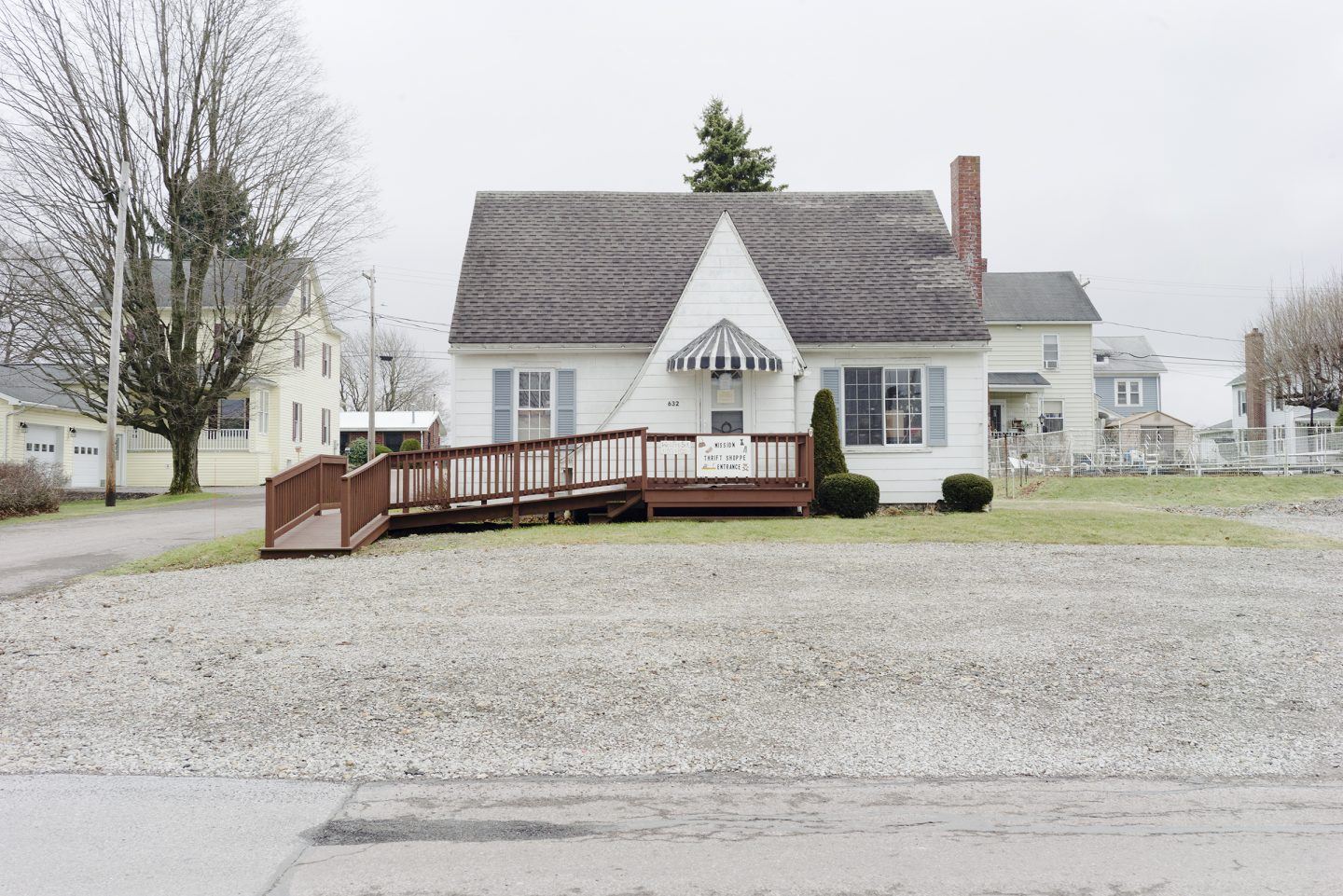
All images © Travis Shaffer
